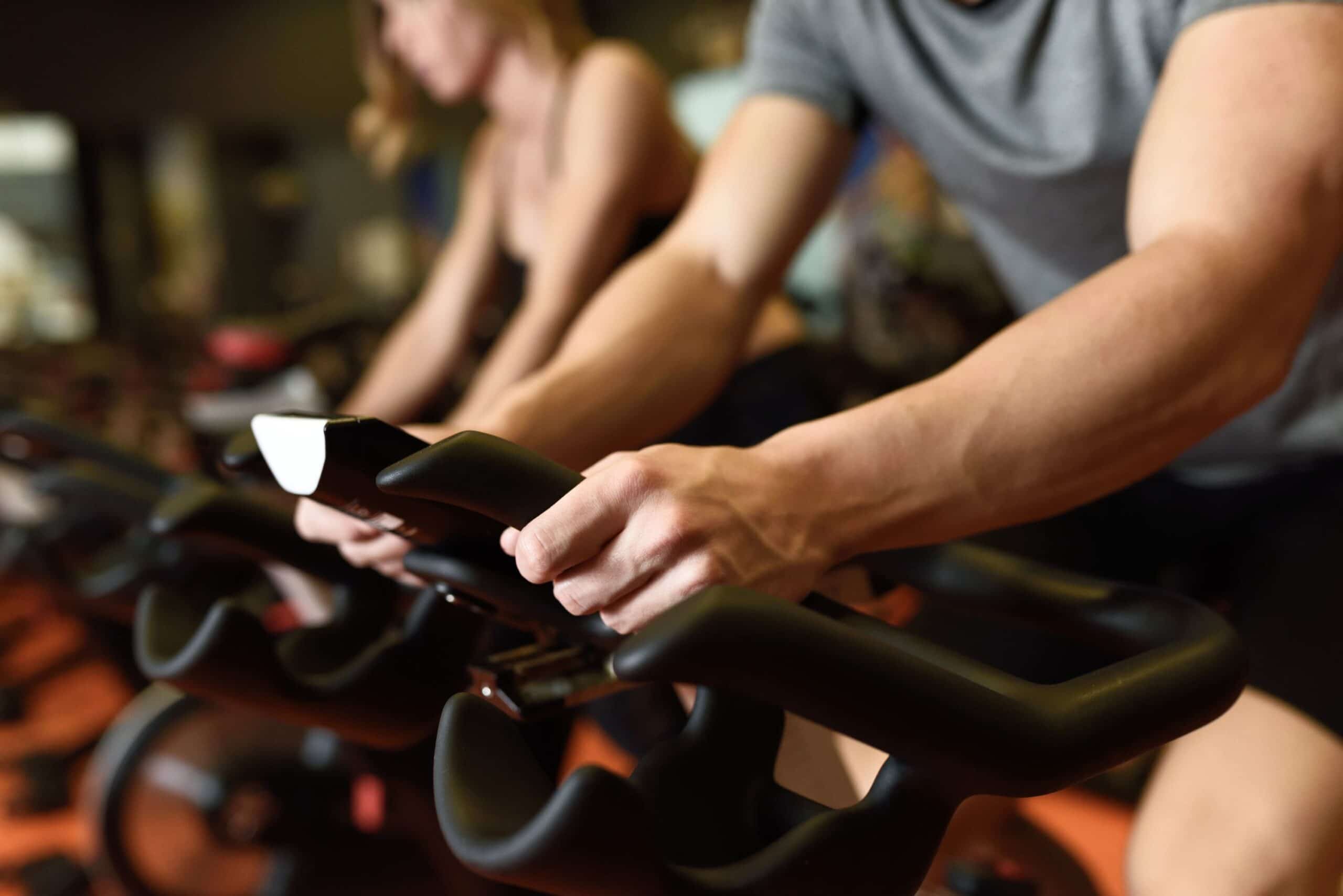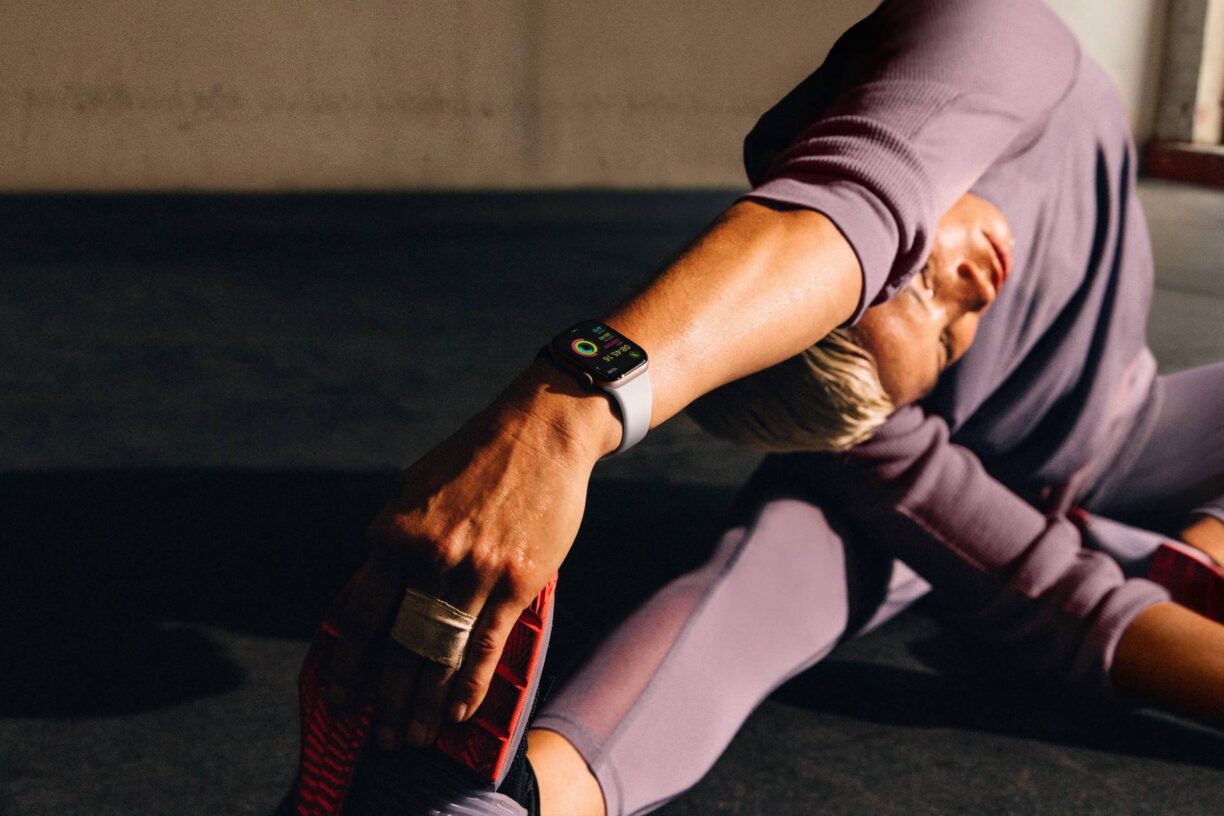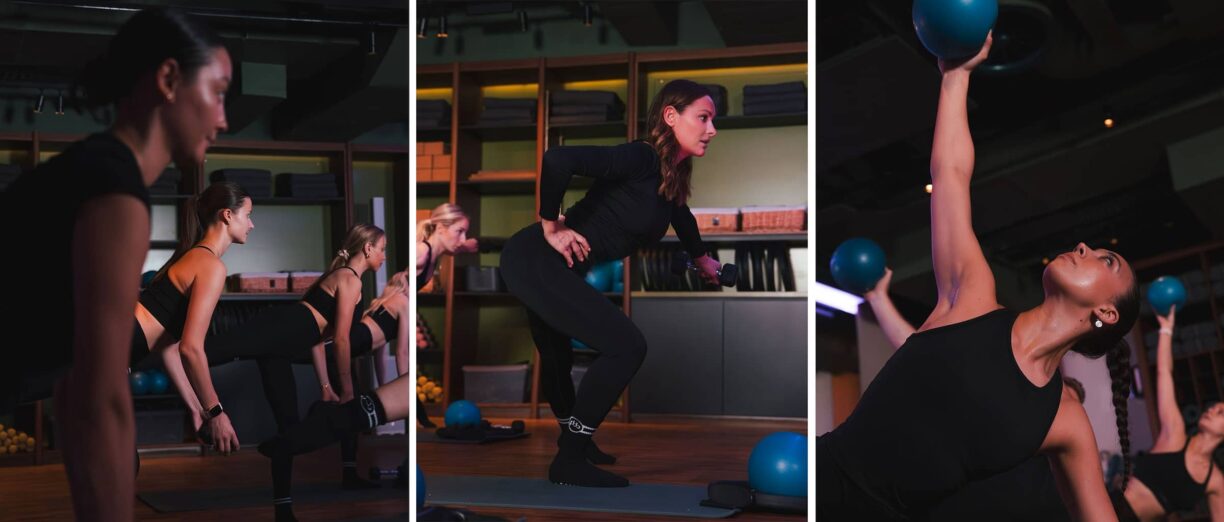Forget boxing or weights, anyone who’s ever sweated their way through a spin class will know they’re one of the most exhilarating and endorphin-pumping experiences you can have at the gym.
This challenging workout format, which originated in New York and first became popular in the Nineties, uses a stationery bike with various resistance levels to challenge the rider’s speed and endurance – often accompanied by pumping music, flashing lights and an enthusiastic instructor setting the pace!
As well as building muscle and increasing cardio capacity, spin is a great way to shed fat; you can burn anywhere from 400-600 plus calories depending on the intensity and length of a class.
But if you’re new to the spin world, it can seem a little intimidating at first. But you really don’t have to be a pro-cyclist to give it a go and reap the benefits. Here, Dan Little, head of fitness at boutique spinning studio Digme, shares his top tips for surviving – and nailing – your first spin class…
1. Get your bike set up correctly
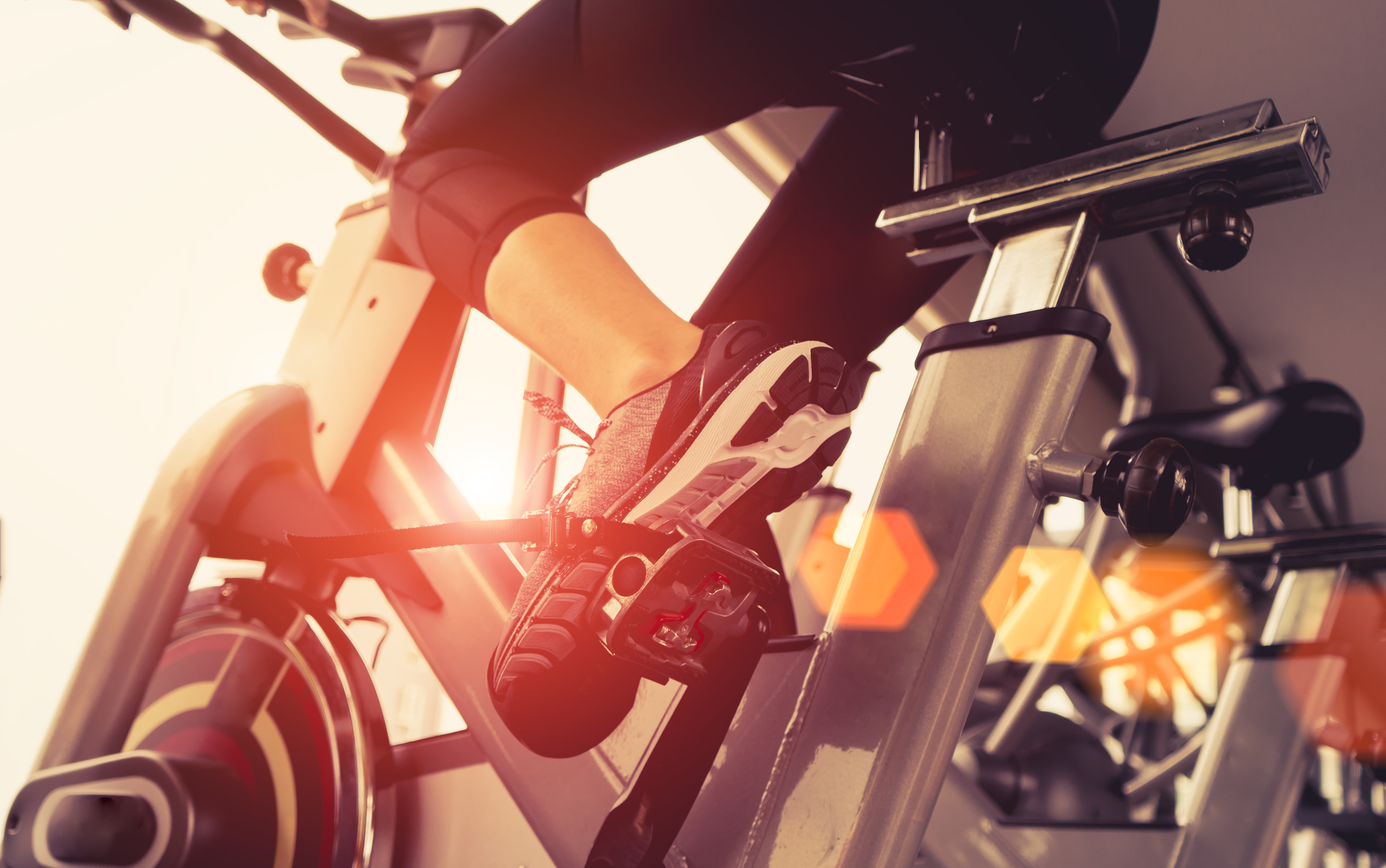
Turning up to the spin class can feel like the first day of secondary school; you’ll probably spot a couple of regulars who know exactly what they’re doing, while you’re scratching your head at the back. It’s worth arriving 10 minutes early so you can get your bike set up correctly, to make sure you’re comfortable in the saddle and that you’re not going to be pedalling towards injuries. If you’re not sure, just ask the instructor to help.
Little says: “Modern spin bikes are very easy to adjust, and the most important bit to get right is the height of the saddle. Stand next to the bike and feel on one side of your body for the top of your hip bone – the saddle should be about level with it. When you sit on the saddle, it should feel comfortable and your legs should have a slight bend in the knee at the bottom of the pedal stroke. If you have to lock out your knees, the seat is probably a bit too high.”
Once the seat’s in place, adjust the handlebars, ensuring they’re not too close that your knees are rotating into them, and not so far away that you’re over-reaching.
2. Get to grips with cycling shoes
A lot of spin studios provide clip-in cleats; shoes with protrusions on the sole that attach to the pedals (but check beforehand whether this is the case – and it’s usually totally fine to wear regular trainers). These may seem scary if you haven’t used them before, but they are very simple to use. The trick is to slot in the front part of the cleat, then push down hard until you hear a pronounced click. To un-clip, simply push your heels out firmly to the side. As you are on a static bike, there’s also no danger of you getting stuck and falling off, as you might do on a road bike.
Little says: “Being clipped in means you have a more efficient pedal stroke as you can pull up as well as push down. Your hamstrings and glutes therefore work harder than if you were cycling in trainers – trust me, this is a good thing!”
3. Hydrate properly
Little advises making sure you take a bottle of water to the class with you. Even with air-con and fans, a spin class gets very sweaty, so you’ll definitely want to have a drink handy.
4. Give yourself a break
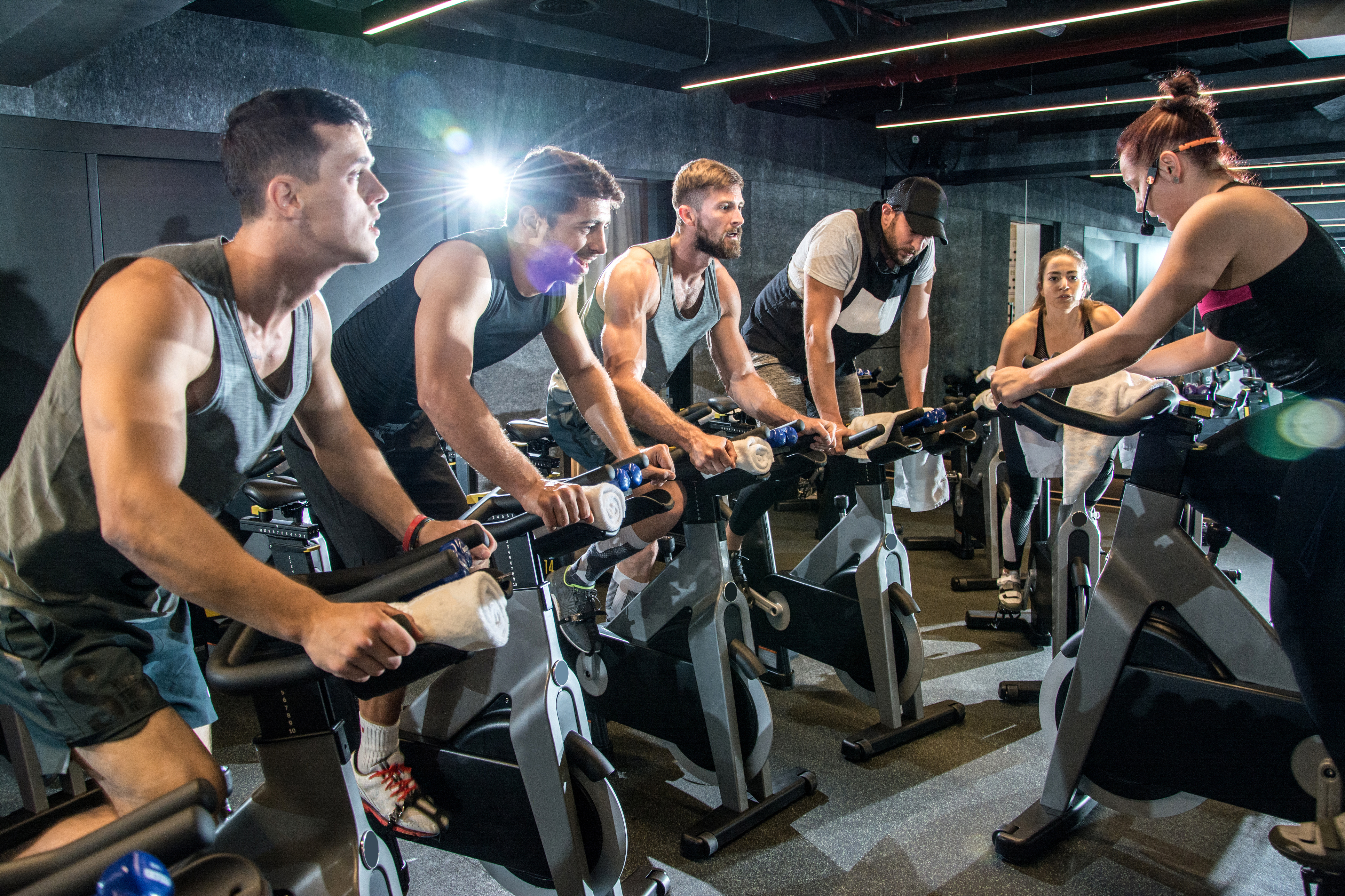
Use the instructor’s guidance on gear range and speed as rough idea of how you should be performing. If you can’t keep up, don’t get disheartened. “Everyone is a beginner at some point, and there’s no shame in not being able to match people in the room who are experienced riders,” says Little. “Instructors are generally trained to give a wide range to cater for different levels of fitness, but even if that’s too much, you can ease off a bit. If you need a break, take one. The beauty of spinning is that you’re in complete control of how hard you work.”
5. Don’t death-grip the handlebars
It’s natural to feel like you need to hold on tightly when you’re going hell for leather, but this could lead to painful injuries. Keep your shoulders relaxed and focus on transferring power from your legs to the pedals to maximise your ride, says Little, and keep your grip loose so you can take the pressure off your wrists and elbows.
6. Invest in some padded shorts
Specialist cycling shorts are not essential, but a little bit of light padding on the bum area won’t go amiss, especially if you’re not used to sitting on a saddle. You don’t need to spend a fortune, but if you would prefer to wait until you have completed a session or two, you will be completely fine to take a class in a normal pair of leggings or shorts.
7. Don’t blow out in the first 10 minutes
As with any cardiovascular exercise, it’s important to learn to pace yourself so you can endure a 45-minute class. Little says: “It’s really important to ease into the session with a warm-up of about five minutes, which prepares you for the session ahead. Don’t be tempted to go off like a rocket – you will probably regret it and it will make the experience a lot less enjoyable if you are hanging on for the last 20 minutes.”

